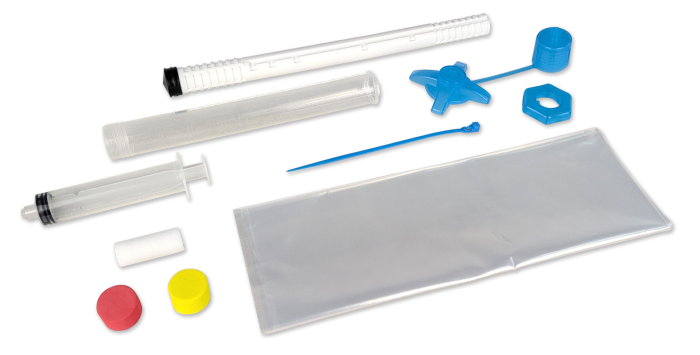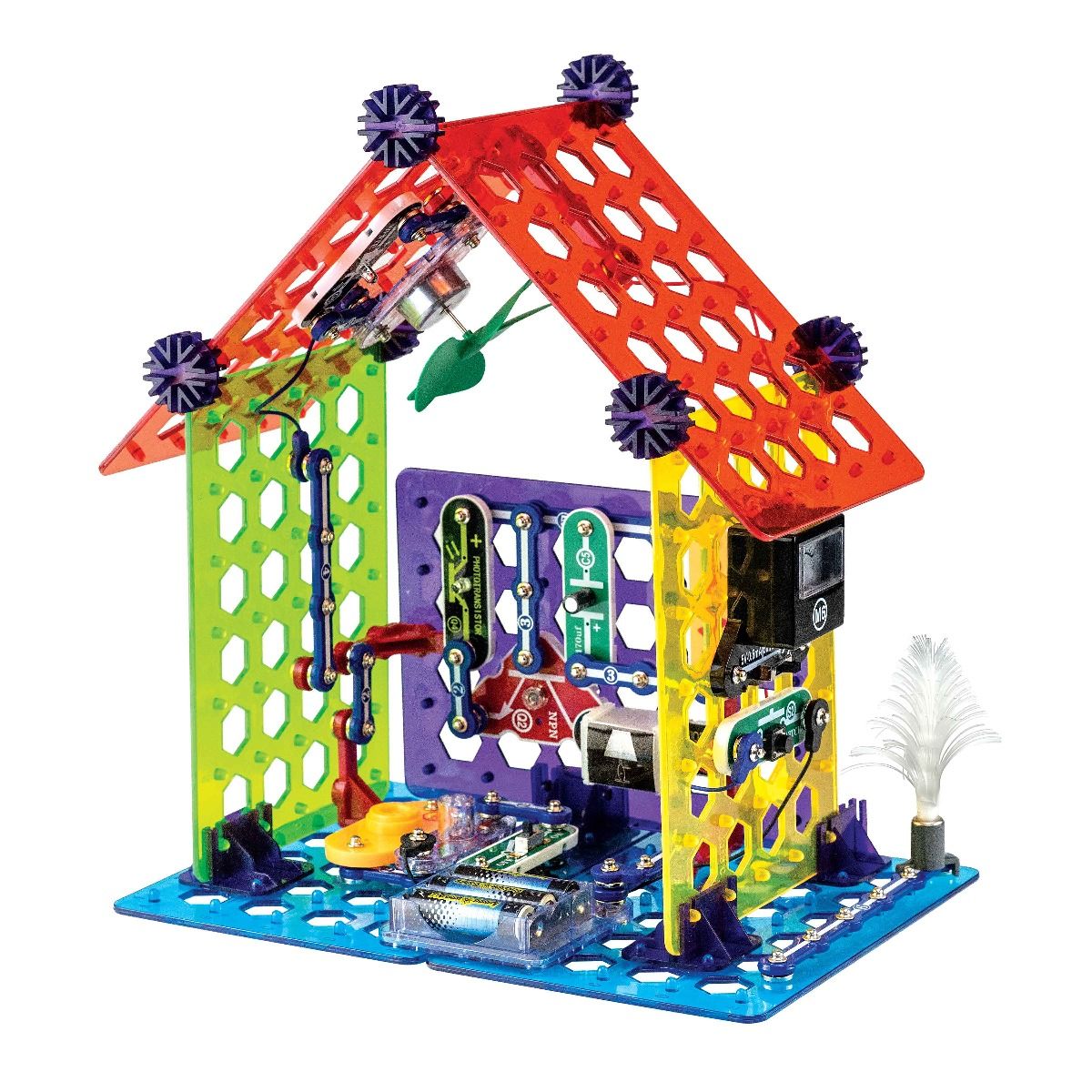Air and water experiment kit
This an educational science kit from Artec, Japan, is designed to help students understand the properties and behaviors of air and water through hands-on experiments.
Instructions included.
Key Experiments:
Compressing Trapped Air:
Objective: Investigate how air behaves when confined and compressed.
Method: Trap air inside a syringe or tube, then apply pressure to observe changes in volume and the resulting resistance.
Observation: As pressure increases, the air's volume decreases, and the resistance felt increases.
Compressing Trapped Water:
Objective: Explore the compressibility of water compared to air.
Method: Trap water inside a syringe or tube, then apply pressure to observe any changes in volume and the resistance encountered.
Observation: Water's volume remains largely unchanged under pressure, but the resistance felt increases significantly.
Air Cannon Experiment:
Objective: Demonstrate the force exerted by compressed air.
Method: Assemble an air cannon using the provided components, adjust the position of the rear sponge, and observe how the distance and force of the expelled air change.
Observation: Adjusting the position of the rear sponge alters the air pressure, affecting how far and forcefully the air is expelled.
Water Cannon Experiment:
Objective: Compare the behavior of water and air when expelled under pressure.
Method: Assemble a water cannon and compare its performance to the air cannon by observing the distance and pattern of the water stream.
Observation: The water cannon produces a more concentrated and direct stream, while the air cannon's effect is more dispersed.
Educational Benefits: This kit provides a tactile learning experience, allowing students to:
Understand the compressibility differences between air and water.
Observe the relationship between pressure, volume, and force.
Engage in scientific inquiry and develop critical thinking skills.





